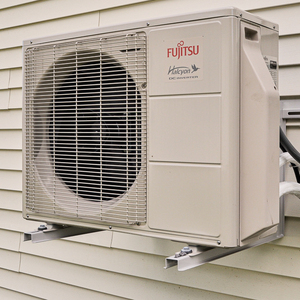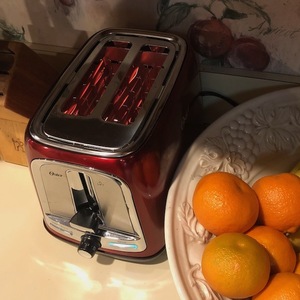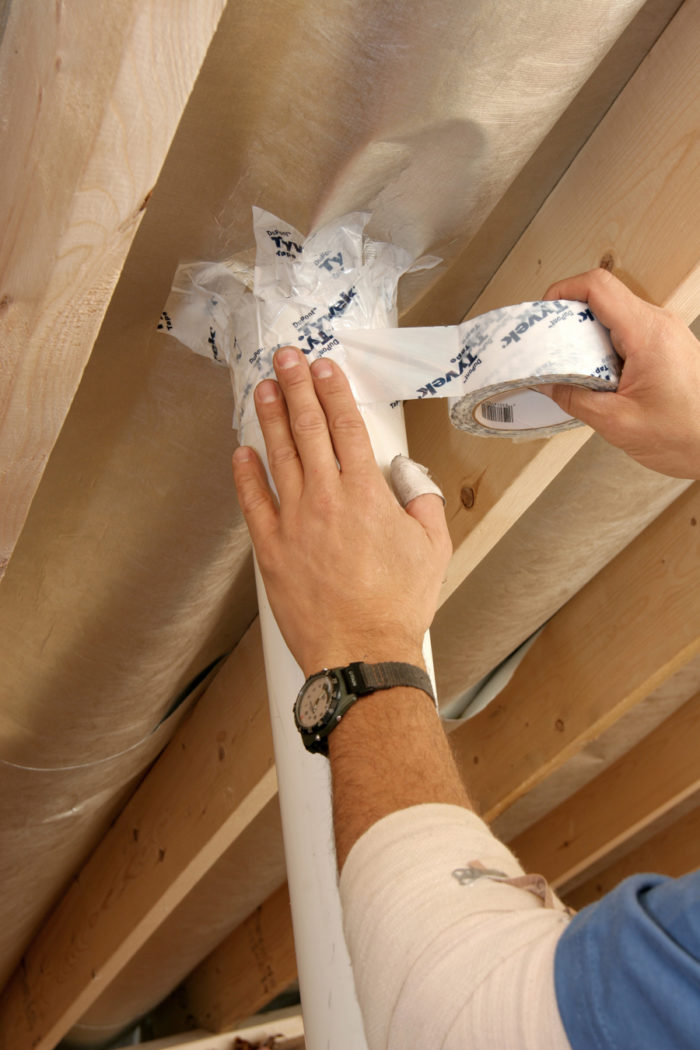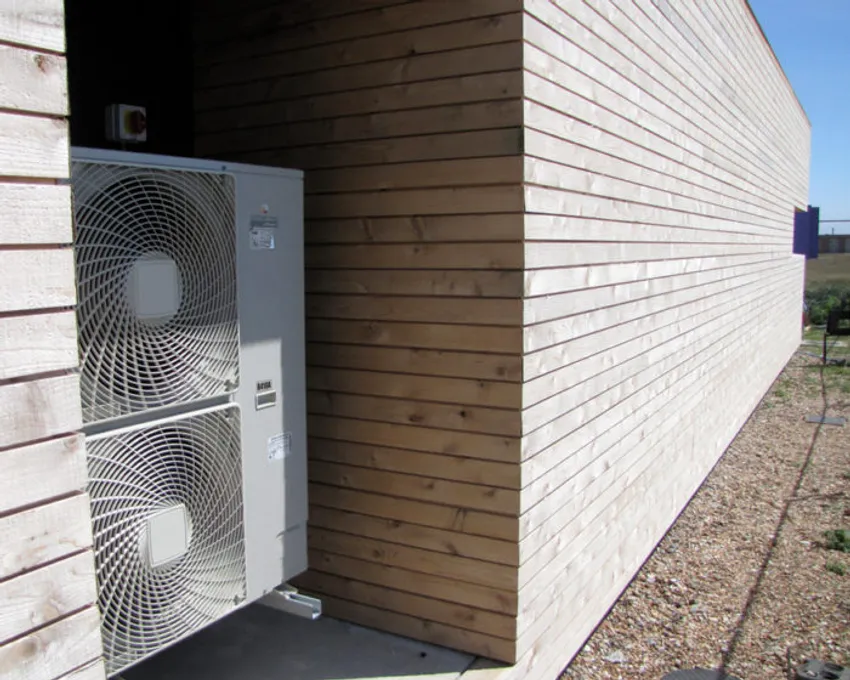
Internal gains are the heat produced by people, lighting, and appliances inside the home. In winter, internal gains reduce the heat the HVAC system must supply; in summer, they add to the cooling load. How important are these internal gains? How do they factor into the design of mechanical systems? And how can understanding them help us keep our homes comfortable and efficient year-round?
Energy conversions
Energy exists in many forms: the chemical energy in food, the kinetic energy of a running toddler, the electrical energy that turns a motor, the light emitted from a TV screen. Each time energy changes form, a portion of that energy is converted to heat. When these processes occur inside a home, they produce internal gains.
Before digging into the different types of internal gains, we need to establish a common energy currency. In the U.S., heating and cooling energy is typically measured in British thermal units (Btu). A Btu is the amount of heat required to raise the temperature of a pound of water one degree Fahrenheit; it’s also about the amount of heat released by burning one kitchen match. A small, energy-efficient home might require less than 20,000 Btu/hr to keep it comfortable in very cold weather; a larger or less well-insulated home might need 50,000 Btu/hr.
Air-conditioner and heat-pump capacity is also described in “tons.” A system that delivers one ton of cooling removes 12,000 Btu/hr from a space. The term is a legacy of the days when refrigeration was provided by delivered ice; a ton of ice melting over 24 hours absorbs 12,000 Btu/hr from the space. (Because AC and heat-pump capacity depends on indoor and outdoor conditions, real-world HVAC systems will deliver more or fewer Btu than their nominal tonnage would suggest.)
Human metabolic energy is measured in…
Weekly Newsletter
Get building science and energy efficiency advice, plus special offers, in your inbox.

This article is only available to GBA Prime Members
Sign up for a free trial and get instant access to this article as well as GBA’s complete library of premium articles and construction details.
Start Free TrialAlready a member? Log in















3 Comments
Excellent, comprehensive article!
I included internal "waste heat" gains when designing a passive solar home in sunny, dry Colorado. In this or any low-load design, you could be more concerned about the typical usage and less concerned about times when the house was left empty (e.g., winter vacation). The coldest interior temps weren't during the coldest winter outdoor temps (that typically have cloudless skies with sunny days), but the multi-day overcast periods (which weren't the coldest exterior temps), due to offsetting solar heat gains (far less during overcast days). With passive solar or solar tempered homes, it is more important to calculate hourly gains and losses, to note the afternoon peak interior temps, and early morning lowest expected interior temps.
With passive solar or solar-tempered homes, the solar heat gains from unobstructed south-facing windows can be substantial, and offset wintertime heat losses. The effect of internal gains becomes magnified for any low load home, as the article states.
Robert,
Very interesting article, and an equally interesting comment. Thanks to you both.
Jon has a knack of writing about complex subjects in a simple way without talking down to those of us who don't share the same background knowledge.
Wonderful information, LED lighting has changed greatly the internal gain in buildings. I like how you have tied the building envelope efficiency into the article. My new desktop sure seems to run cooler than the old one, is much quieter and goes into sleep mode more quickly.
Log in or become a member to post a comment.
Sign up Log in